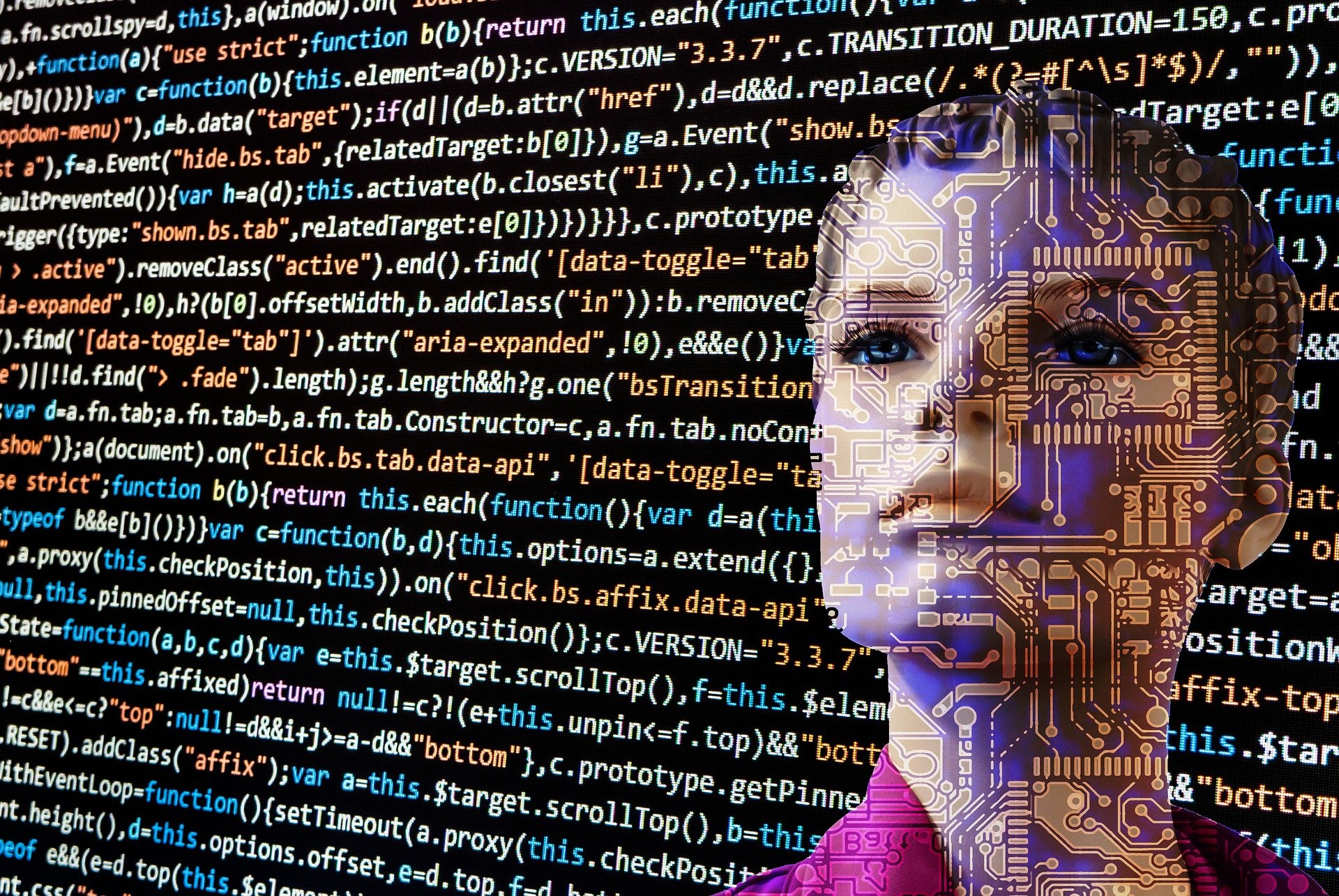
Gamification in Healthcare: Emergence of the Digital Practitioner?
The only way we can succeed in achieving something is by committing ourselves to it fully and loyalty to it by giving it time. But it doesn’t seem so easy as it sounds, especially in healthcare. Goals such as weight loss, dieting, healthy eating, quitting smoking or a sedentary lifestyle are often lost in the mirage of downloaded fitness apps or uneaten vegetables kept in the fridge for long. The problem here is that most of the people trying to make a change in their life are often reluctant or not motivated. Fun is an important element if you want to get a person going. And where do we find fun? Whenever we are doing recreational activities or playing games. “Gamification” is a term that is becoming increasingly popular within different types of service providers as it helps their customers, consumers, or users to engage more enthusiastically and increase output. So what does gamification mean? It refers to the process when gaming elements are applied in areas of activity in a particular field to enhance user engagement and experience. These elements include point scoring, competition with others, rules of play, gaining rewards such as coins or points. But what does gamification in healthcare mean?
Incorporating game mechanics into healthcare means making patients feel motivated by the idea of getting better. Gamified healthcare apps help to set patient goals, maintain medical data and measurements of success in health outcomes or simply make being healthy more fun. Simple examples of gamification in healthcare are counting steps to earn coins or compete against a fellow, or dietary apps that make healthy eating fun by giving out delicious recipes to experiment with daily.
A rapid rise in the adoption of gamification and serious games in health self-monitoring and management has been seen in the healthcare domain. Numerous systematic studies have evaluated their efficacy in encouraging specific improvements in health behavior and in minimizing a wide variety of disorder-related symptoms, taking into account the potential of serious games to inspire, engage and entertain. In comparison, there is a lack of evidence about the strength of the main elements of gamification in the field of digital health. Therefore, in order to classify the combinations of game elements that are mainly used in e-Health, we tried to conduct a systematic literature review.
Gaming techniques and technology offer a broad variety of resources that help us build programs that can be used effectively to treat patients who are healing. Games have complexities that are built specifically for interaction, some of which can be leveraged to make rehabilitation more comfortable, inspiring, and meaningful for patients. However, for their rehabilitation, a patient seeking physical therapy is motivated by a particular reason and has concerns that may vary from those of gamers. In addition, developers have criteria motivated by compliance with regulatory regimes that limit medical applications. Compared to most computer games used for entertainment, the burden of testing for quality, safety, security, and integrity is far larger for FDA cleared software: a necessary and serious, time-cons.
















